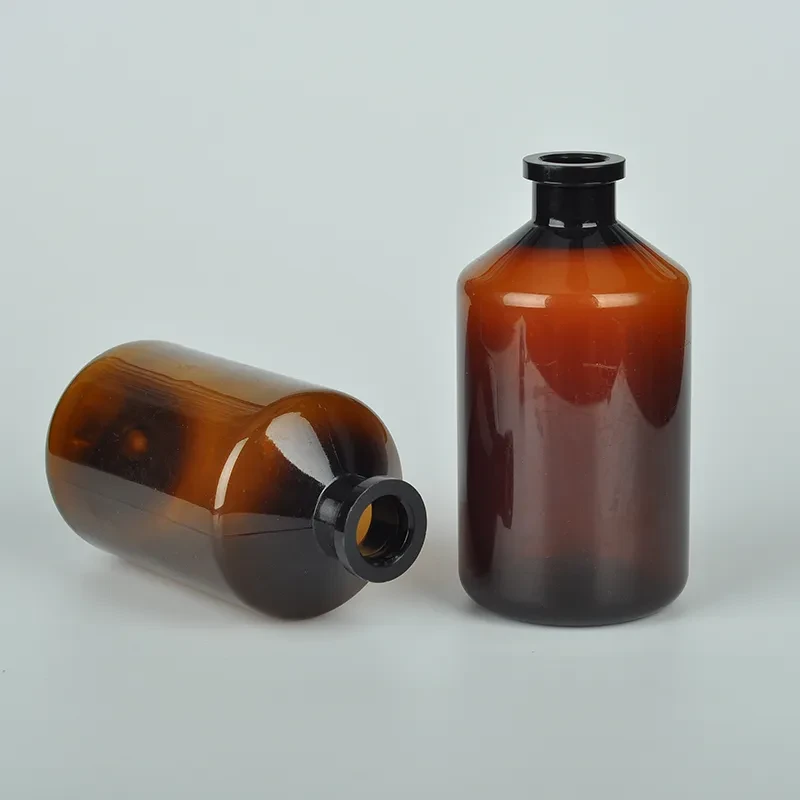https://www.wahmg.com/)">
petri dish drawing and uses
petri dish drawing and uses
Petri Dish Drawings and Uses
The Petri dish, a staple in laboratories around the world, is a shallow, flat, cylindrical, sterile container made of glass or clear plastic. Invented in the late 19th century by German bacteriologist Julius Richard Petri, this tool revolutionized the way scientists conduct microbiological research. Petri dishes are primarily used for culturing microorganisms, but their versatility has led to a wide array of applications beyond microbiology.
Drawing a Petri Dish
To adequately represent a Petri dish in a drawing, one should start with an outline of a shallow, circular container. The height should be minimal compared to its diameter, giving it that characteristic shallow profile. The edges should be slightly rounded, portraying the dish's smooth, practical design. Depending on the focus of the drawing, one might consider including contents inside the dish, such as a culture medium—typically a gelatinous substance like agar—highlighted with details like bacterial colonies or fungal growth.
The typical Petri dish is transparent, but for illustrative purposes, colors may be added to depict variations in the medium or to indicate different types of bacteria. Drawing tools like colored pencils or markers can help in rendering distinct colonies with different hues, while also demonstrating aspects of bacterial growth, such as size, shape, and texture.
Uses of the Petri Dish
petri dish drawing and uses

1. Microbial Culturing The primary use of Petri dishes is in the cultivation of bacteria, fungi, and other microorganisms. By placing inoculated samples on nutrient agar, researchers provide a conducive environment for microbial growth. This allows for the study of distinct microbial characteristics, behaviors, and responses to various environmental conditions.
2. Antibiotic Sensitivity Testing Another critical use of Petri dishes is in antibiotic susceptibility testing. The disk diffusion method—often referred to as the Kirby-Bauer test—utilizes Petri dishes to assess how effectively antibiotics inhibit bacterial growth. Small paper disks impregnated with antibiotics are placed on an agar plate inoculated with bacteria. The resulting clear zones of inhibition around the disks indicate the effectiveness of the antibiotics.
3. Cell Culture Beyond just microbial work, Petri dishes are also utilized in cell culture techniques. They provide an arena for the growth of eukaryotic cells, which can include plant cells and animal cells. This is particularly important in fields like genetic research, pharmacology, and cancer studies, where observing the behavior of cells in culture can yield invaluable insights.
4. Environmental Sampling Petri dishes serve an essential role in environmental microbiology. Scientists can use them to collect samples from various environments, such as soil, water, or air. By culturing these samples, they can identify the microbial communities present in different ecosystems, which aids in monitoring environmental health and pollution levels.
5. Educational Purposes Petri dishes are also widely used in classrooms and laboratories for educational demonstrations. Students learn about microbial growth, experimental design, and the scientific method through hands-on experiences that involve Petri dishes.
In conclusion, the Petri dish is more than just a piece of laboratory equipment; it is a fundamental tool that has shaped our understanding of the microbial world and expanded the frontiers of scientific research. Whether for cultivating bacteria or studying cell cultures, its impact is undeniable and continues to inspire future generations of scientists.
-
Wholesale Plastic Juice Bottles with Caps 16 oz Options Available Bulk Packaging SolutionsNewsJun.10,2025
-
Laboratory Apparatus Reagent Bottle – Durable & Chemical Resistant Bottles for Safe StorageNewsJun.10,2025
-
Squeezable Dropper Bottles Durable, Leak-Proof & CustomizableNewsMay.30,2025
-
Affordable Plastic Petri Plates Sterile & Disposable Lab-GradeNewsMay.30,2025
-
Eye Dropper Caps Precision 24/410 & Plastic Bottle-Compatible TipsNewsMay.30,2025
-
Affordable Mini Spray Bottle Price & Wholesale Deals Shop NowNewsMay.29,2025





















